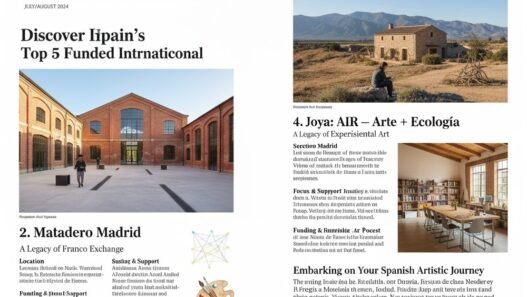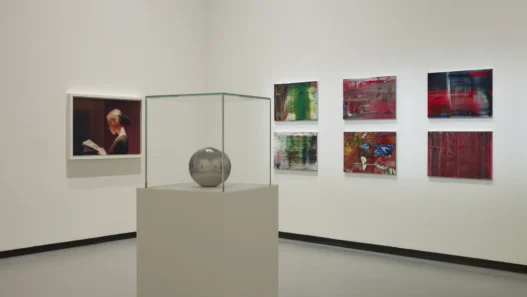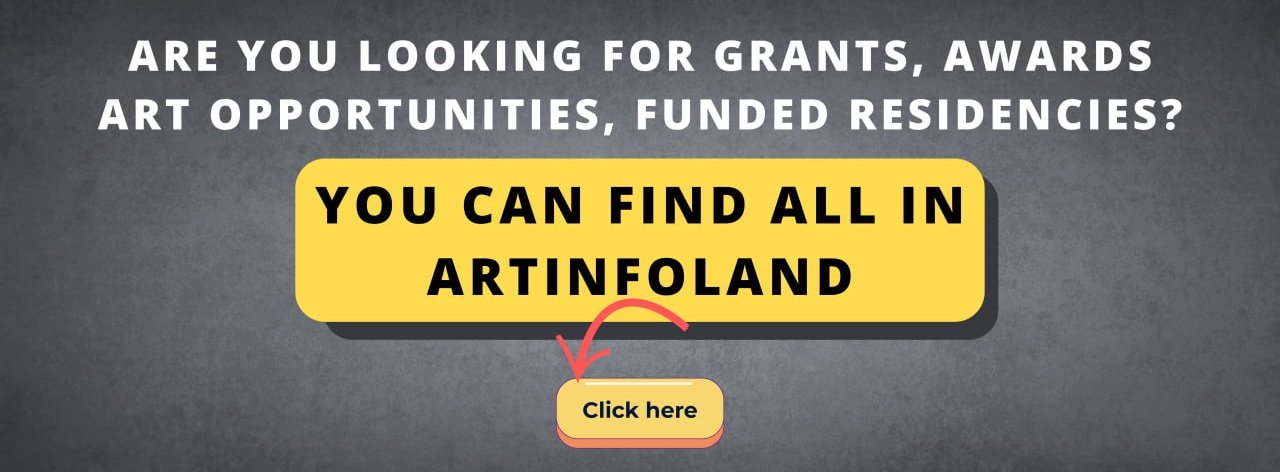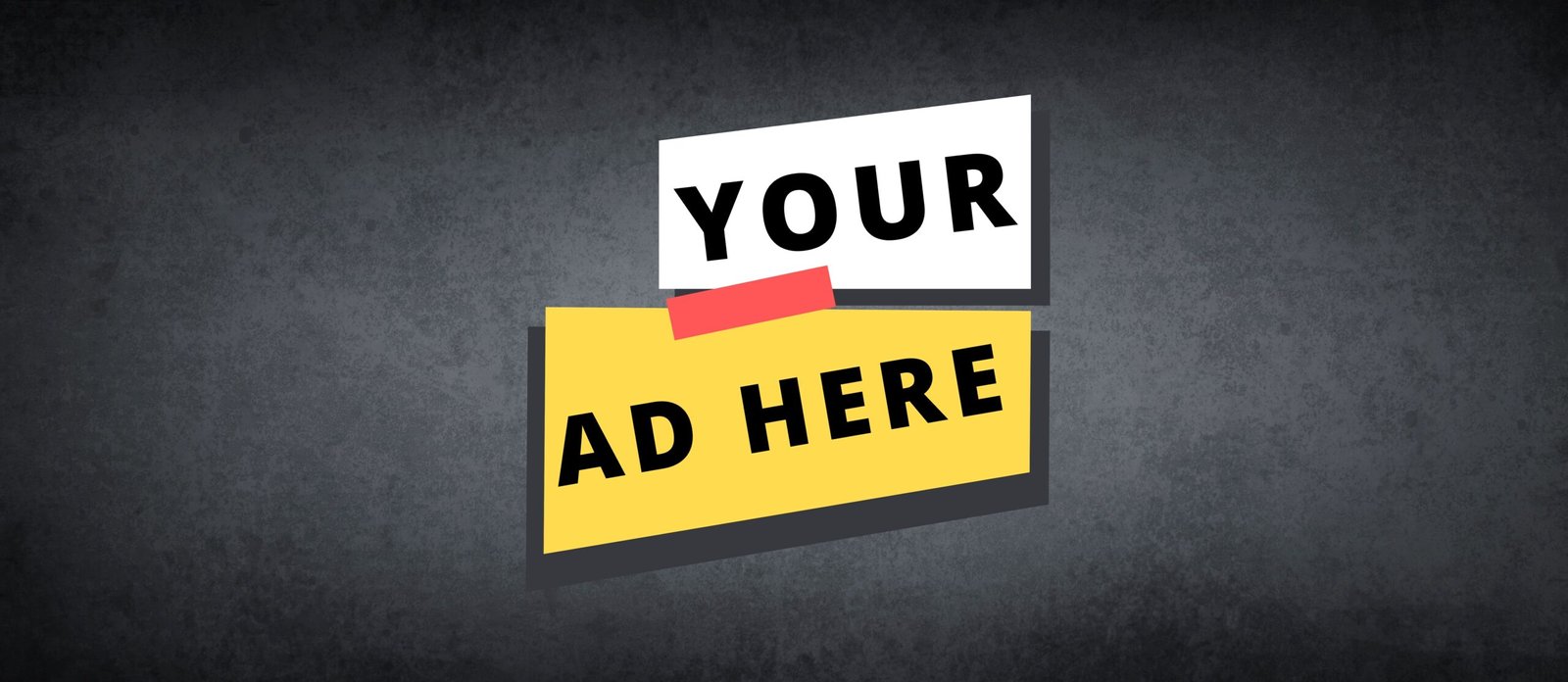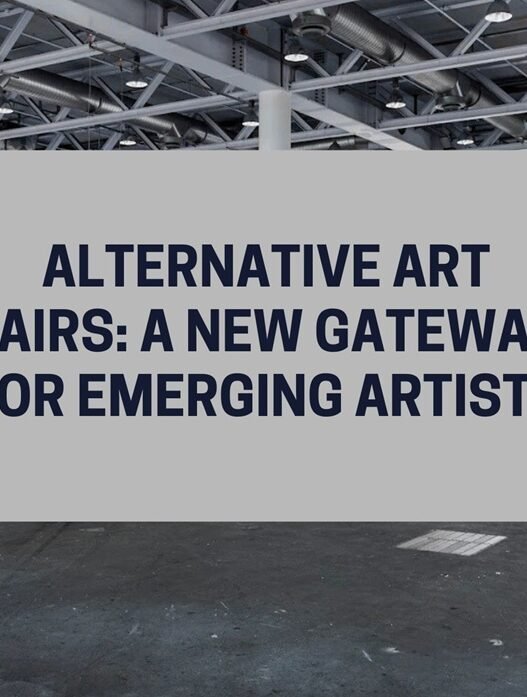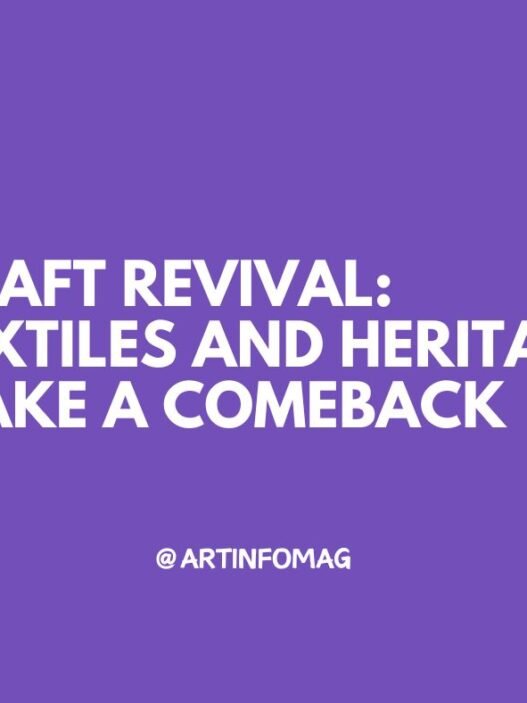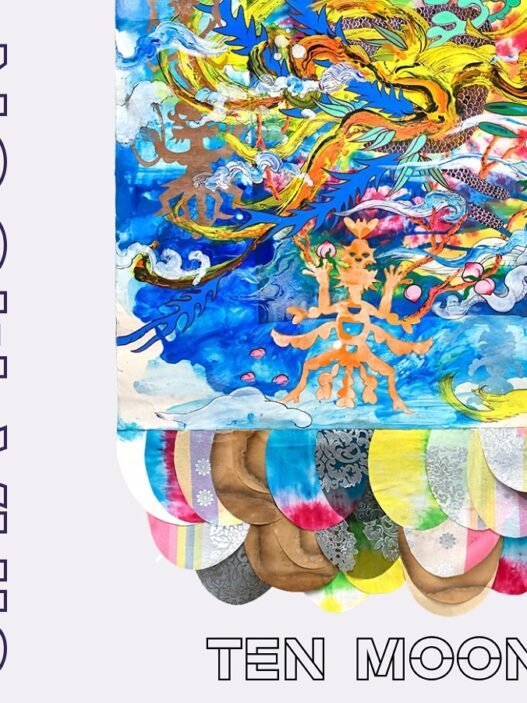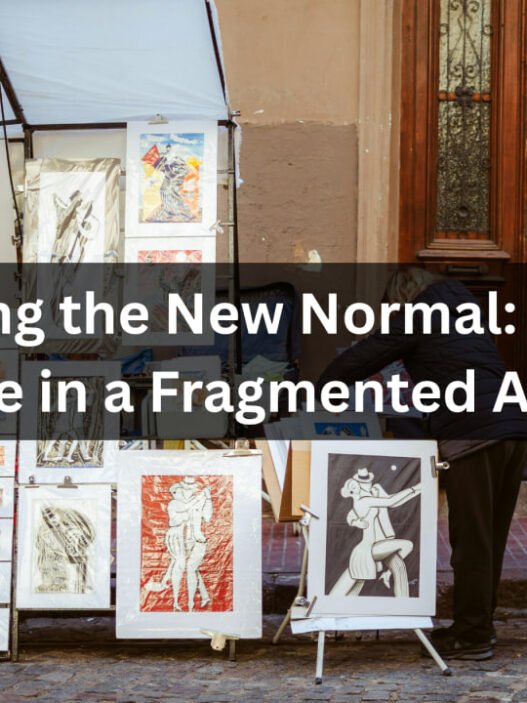The recent cancellation of the 37th edition of the Art Dealers Association of America’s (ADAA) Art Show, a fixture since 1988, has sent ripples through the art market, raising eyebrows amid a reported 27% sales drop in 2024. Billed as a “strategic pause” by the ADAA, this decision-set against a backdrop of economic turbulence-invites scrutiny. Is this a pragmatic response to market realities, or a sign of deeper cracks in the art fair model? The implications could reshape market dynamics, but the narrative deserves a closer look.
Economic Pressures or Convenient Excuse?
The ADAA’s move comes as global art and antiques sales plummeted to $57.5 billion in 2024, a second consecutive year of decline. With rising costs-booth fees up 10% annually, shipping expenses soaring 15%-and a shrinking collector base, the cancellation might seem a logical retreat. Yet, the ADAA insists this isn’t about financial strain, framing it instead as a chance to “reimagine” the fair for 2026. Skeptics might wonder if this is a polished excuse to mask deeper instability, especially as prominent galleries like Blum and Venus Over Manhattan close their doors. Could the organization be dodging accountability for a model that no longer serves its members?
A Signal of Market Rethink or Retreat?
The Art Show’s cancellation could herald a rethinking of art fairs, potentially favoring smaller, nimbler platforms over the bloated spectacles of recent years. With 336 fairs worldwide in 2024-the lowest since 2021-some see an opportunity for innovation, where emerging galleries might thrive without the financial burden of mega-events. However, this pivot risks alienating established collectors who rely on the prestige of venues like the Park Avenue Armory. Is this a bold step toward sustainability, or a retreat from a competitive arena where only the biggest players survive?
Unanswered Questions and Power Dynamics
The ADAA’s opaque reasoning fuels controversy. If not financial pressure, what drives this pause? Posts found on X suggest dealer burnout and shifting collector demographics, yet the organization’s silence on these factors raises questions about transparency. Meanwhile, the cancellation’s impact on the Henry Street Settlement-whose $38 million fundraising benefit is now on hold-highlights a potential shift in philanthropic priorities. Are elite institutions prioritizing survival over social good, or is this a necessary recalibration in a strained market?
This pivot might open doors for innovation, but it also exposes vulnerabilities in a market struggling to adapt. The art world watches, wary yet hopeful. What do you think this cancellation means for the future? Share with Artinfoland Magazine’s community below!


